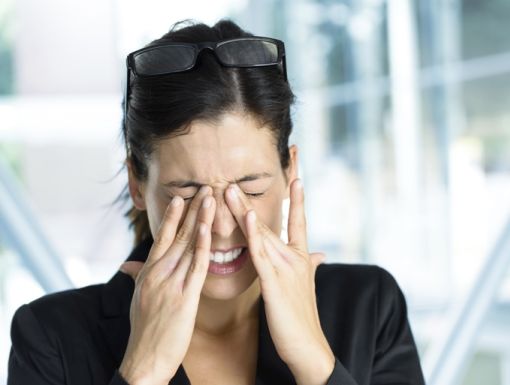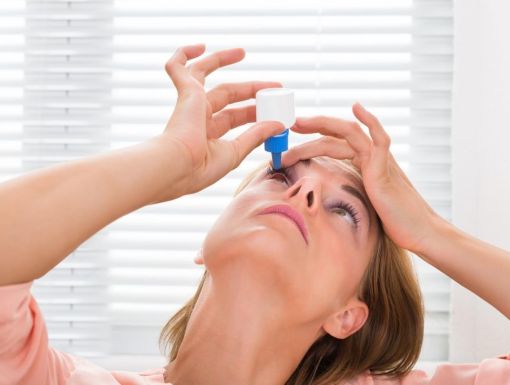
11 Causes of Red Eyes and Which Kinds of Eye Drops Are Best
Inflammation, dryness and other conditions can cause eye redness. If this is something you struggle with, don't be alarmed. We'll share when you should seek medical attention for red eyes and ways to eliminate the discomfort.
What causes red eyes?
The most common reasons are:
- allergies
- dry eyes
- contact lens overwear
- pink eye (conjunctivitis)
Additional causes include:
- injuries
- Blepharitis: a common eye condition that makes eyelids irritated and itchy.
- inflammation
- other bacterial infections
- autoimmune diseases
- fatigue
- eyestrain
Can I use eye drops with red eyes?
Let's start with what we should not use. Most drops targeting red eyes are vasoconstrictors. This means that they decrease the size of the small arteries on the eye's front surface, making the eye appear less red. This does not, however, address the underlying cause. Furthermore, if used too much, the small arteries will stop responding and get bigger, leaving a red eye that isn't easy to treat.
Artificial tears are the best place to start if the only symptom is redness (no pain, itching, discharge, light sensitivity, etc.). When using artificial tears for red, tired eyes, start with one drop in each eye every 10 to 15 minutes for an hour or so, then every three to four hours for the rest of the day. For immediate results, a safe "get the red out drop" is Lumify, and this drop tightens the tiny veins on the eye's front surface and will not cause rebound. Drops for red eyes should never be used more than once or twice a day for more than two days.
Are there side effects?
Caution should be taken when self-treating any eye condition. Several over-the-counter drops contain preservatives that may cause inflammation and redness. Belladonna, which is in several homeopathic eye drops, is a vasoconstrictor and causes minor pupil dilation. If the red eye is associated with headache, pain, itching, blurry vision, vision loss, discharge, sensitivity to light, eyelid swelling, etc., one should seek immediate care from an optometrist.
When should I see a doctor for red eyes?
It’s time to see an eye doctor for any recurring red eye that lasts more than two or three days. Also, if your red eye is associated with the following:
- pain
- itching
- vision loss
- blurry vision
- discharge (green, yellow, white mucus or excessive watering)
- sensitivity to light
- eyelid swelling
- trauma
Additionally, if there is a pre-existing eye problem like glaucoma, macular degeneration, vision loss, diabetes or high blood pressure, care with an optometrist should be sought before self-treating with anything other than artificial tears.
What if my eyes are always red?
The most common causes of chronic red eyes are meibomian gland dysfunction and blepharitis. Oil glands along the top and bottom eyelid margins secrete oil onto the eyes' front surface and along the base of the eyelashes/ eyelid margins. This oil stabilizes the naturally produced, lubricating tears on the eye's front surface and keeps the normal bacteria along the eyelid margins from overgrowing.
When these oil glands do not properly release their oils, they become clogged. As a result, our natural tears evaporate off the eye's front surface too quickly, causing dryness and redness. The normal bacteria can also overgrow, causing inflammation and redness of the eye and infections of the oil glands commonly known as styes. Using hypochlorous over-the-counter eyelid cleanser twice daily helps with this. Using diluted baby shampoo to clean the eyelashes, while widely recommended, will worsen the problem. This should never be done. Using warm compresses to the eyelids, by applying steady heat for 15 to 20 minutes, several times a week will also help keep the meibomian functioning properly. Other helpful habits include proper removal of eye makeup, not putting eyeliner on the "water line" and including Omega-3 supplementation in the diet.
Schedule an appointment with Kefla Brown, OD, director of pediatric optometric services.



